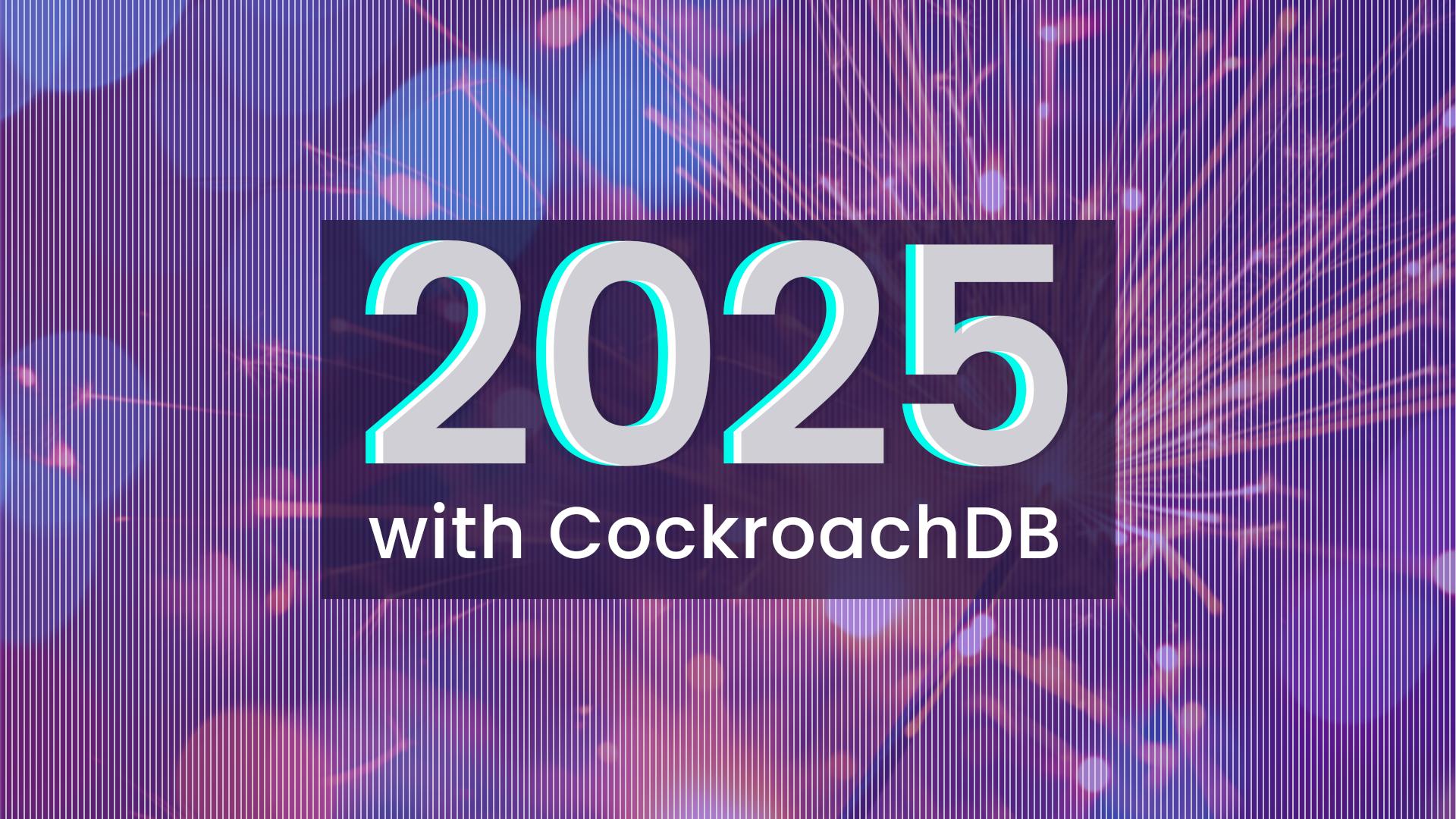Interviewing at Cockroach Labs comes with a twist. The interviewing process is unconventional by design—especially for non-engineering positions. The interviews are exercise-based, focused on practical, day-in-the-life style work tasks. Additionally, resumes are removed from the process to fight unconscious bias. The process is crafted thoughtfully and customized for each role being hired for, but it can be a bit daunting for candidates who are used to traditional interviews. As someone who recently experienced the process first-hand, I thought it would be beneficial for potential candidates to hear about my interviewing experience and gain insight into the process.
For a little context, I joined Cockroach Labs in July as the new Technical Writer. In this post, I’ll be looking at the interviews from the perspective of a tech writer, but the process applies to all open roles across the company.
The typical technical writer hiring process goes something like this: You apply for an online job posting with your resume and work samples. The HR representative conducts a phone interview. If selected, you are called for an in-person interview. The in-person interview generally entails a writing (read: grammar) exercise, followed by routine questions. The interview is usually conducted by two or three tech writers and the hiring manager. In my experience, the typical interview process relies on the candidate telling the hiring team what they can do, rather than showing what they can do. This does not necessarily translate into the candidate being a good fit for the position and the team. By contrast, the interview process at Cockroach Labs is cross-functional and exercise-based, which is unconventional, yet effective in the sense it not only helps the company decide if the candidate is a good match for the position, but also helps the candidate evaluate if the company is a good fit for them.
At Cockroach Labs, Show beats Tell
When I saw the AngelList job posting for a Senior Technical Writer for Cockroach Labs, I applied for it immediately. As a self-professed startup enthusiast, I love working with startups trying to solve an actual real-world problem. Cockroach Labs fit the bill perfectly.
In a few short days, I received a phone call from Lindsay Grenawalt, Head of People Operations. We talked about my technical writing experience and education. The next step was an hour-long phone interview request with Jesse, the Head of Documentation. We talked about my previous work experience, how I would approach certain documentation projects, and my education in technical communication. I thoroughly enjoyed the discussion. As the next step, I was asked to complete a take-home exercise. I was asked to install CockroachDB, create a database and a table, and document a SQL statement. The fascinating thing about the exercise was that I was asked to work on a live document and not an arbitrary fictional exercise.
Within a few days of submitting the exercise, I was asked to fly to New York for an in-person interview.
Preparing for Showtime
The in-person interview was a writing marathon that I had never experienced in an interview process before. Since Lindsay had informed me about the process beforehand, however, I was prepared for it. In fact, Cockroach Labs will soon be open-sourcing its interview questions, which will be another fantastic way to prepare for the onsite interview in the future.
The day started with an information architecture exercise with Sean (Senior Technical Writer). I had been asked to come prepared with an information architecture presentation about a topic of my choice. This served me well since it gave me the opportunity to start the day on a high note by demonstrating how I break down and structure information with an audience in mind. The next two interviews were technical competency interviews. The first one involved a technical discussion with Spencer (CEO) about the distributed transaction model, and the second was about online schema changes with David (Engineer). During these discussions, I got the opportunity to demonstrate how I learn complex topics and collaborate with technical colleagues by asking questions and verifying my understanding of the topic by recapping the concepts for them. After each discussion, I was asked to document the concepts, which gave me the chance to demonstrate core tech writing skills. I also had an informational lunch with Kuan (Design Lead) and a marketing blog editing exercise with Jessica (Director of Marketing). In my experience, cross-team interviews with engineering, marketing, and design are way outside the norms of interviewing for technical writing positions. These interviews gave me an insight into the collaborative work culture at the company. The final interview was with Jesse, and a wrap-up session with Lindsay.
Earlier in the process, I was a bit concerned about the fact that none of the interviewers had looked at my resume. Lindsay had explained how Cockroach Labs combats unconscious bias by removing resumes from the process. I understood the motivation for not basing interviews on resumes, but it sure got me worried. After all, I was used to having my resume as tool to demonstrate my suitability for the position. But Lindsay explained that even though the interviewers won’t read through my resume beforehand, I was free to talk about and explain the relevant work experiences during the interviews. I took her advice and discussed my work experiences with the interviewers during the entire process. In my experience, with resume-based interviews, the discussion tends to be limited to the items in the resume. At Cockroach Labs, however, the discussions were not based on the resume items and I was able to convey my relevant work experiences more suitably in the context of the discussion with each interviewer.
I was pleasantly surprised by the “show, don’t tell” aspect of the interviews. I wasn’t asked experiential questions like “How would you handle an interaction with a Subject Matter Expert”; instead I actually worked with an engineer to craft documentation on the spot. I wasn’t asked “Do you think you would be a good cultural fit?” Instead Kuan took me out to lunch and gave me a first-hand insight into the company culture. It was truly an unconventional, yet insightful interview process.
After the Cockroach Labs Interview
By the end of the day, I felt like I had a day-in-the-life experience of working at Cockroach Labs. I had worked with engineers, created live documents, worked in cross-team collaborations, and had a fun lunch! My only qualm: Because the interviewing process was so unconventional, at the end of the day, I couldn’t decipher if I had fared well in the interview. The traditional interviewing metrics to judge my own performance did not apply here. I knew I had done my best, but I didn’t know if my best was good enough.
That anxiety was alleviated when I heard back from Lindsay within a week with positive feedback. She informed me that the team was interviewing other candidates, but she touched base with me until the team made the hiring decision. I appreciated her going the extra mile to engage regularly with me and help me maintain interest in the position. Even before joining the organization, I had experienced how Roachers live and breathe the company values, which include respect, transparency, and balance. By the time I received the offer letter, I knew I would be a good fit and could contribute productively towards the company’s success.
So this was my interviewing experience at Cockroach Labs. It was an enjoyable experience that I wholeheartedly encourage. If you want to work on a cutting-edge technical product in a fast-paced, value-based environment, get in touch.




